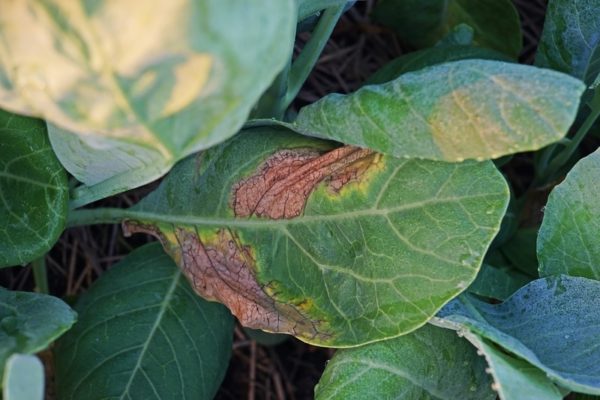Not only humans are affected by too high or too low temperatures; plants also suffer. Too much direct sunlight will scorch the leaves, causing them to turn white and fall off. If you’re wondering how to bring back to life your sunburnt plants and how to avoid this mishap in the future, keep reading!
Heat Tolerance
Knowing the heat tolerance of your plants is necessary to keep them in the right place and grow them well. Plants resistant to drought are succulents, which can store large amounts of water due to their structure.
However, not all plants have this property; they may not be able to withstand extreme heat, drought, or long periods of direct sunlight, or they may be sensitive to high temperatures.
High temperatures can damage plants, but the damage can be greater or lesser, depending on the average temperature to which the plant is exposed, the type of plant, and the specimen’s age.
So let’s distinguish between damage caused by high temperatures and damage caused by sunlight.
Damage Caused by Sunburn: Heat Stress
High temperatures cause a rapid loss of water in plants and soil. Heat stress in plants is characterized by a lack of water, which can cause severe damage to flowers and fruits.
Frequent water shortage accompanied by collapse restricts plant growth, and plants do not recover when they reach dry conditions below a certain threshold.
How To Prevent Heat Stress
For heat stress, there is a specialized technique called plant resuscitation.
If the leaves have withered, try to water the roots and carry the water to the leaves. Worst case scenario, if you haven’t watered for days and the soil is hard and compacted, just watering will not give good results.
To allow the water to penetrate the soil, you need to make a hole in the soil not to damage the plant and soak the pot in a large container to bring the water to the roots. It is also important to water the above-ground parts of the plant to ensure a quick recovery.
Sunburnt Plants
This is usually associated with young plants or plants that are not accustomed to progressively stronger sunlight or are unsuited to the intensity of that light.
Spots on the leaves, collar, and stems exposed to direct sunlight will burn and dry out, and the color will change from red to brown. The burned and dried areas become easy to tear and become a gateway for bacteria in the next stage. The same goes for the fruit, which in some cases may crack.

sunburnt leaves
How Do I Remove the Burnt Leaves?
Leaves that have been wholly burned will not recover and should be removed to avoid any morbidity that may threaten the health of the entire plant. Burns are easy to recognize because they are only on the part of the plant that is exposed to the sun.
To remedy this damage, here are a few tips:
Mulching
Mulching is trying to avoid water stress on plants by retaining soil moisture, reducing evaporation, and encouraging vigorous plant growth. Mulching is also effective in controlling weeds and preventing soil erosion by atmospheric substances. This is done by covering the soil with a material, whether natural or not.
Early Morning Watering
Heat waves quickly evaporate water from the soil, drying out shallow roots. By watering early in the morning, you can provide the roots with enough moisture before the harsh heat of the day begins.
Watering a second time is never a bad idea. And if you have been thinking that watering in the afternoon is harmful to your plants, don’t worry, because scientifically, it is not.
Aerial sprinkling is just as important, but it should be done in the evening. Spraying during the day is not suitable for the plants, and this is because the droplets reflect the light back onto the leaves, intensifying the light like a lens and causing burns.
Do you have any other tips? Share it with us in the comments below!



